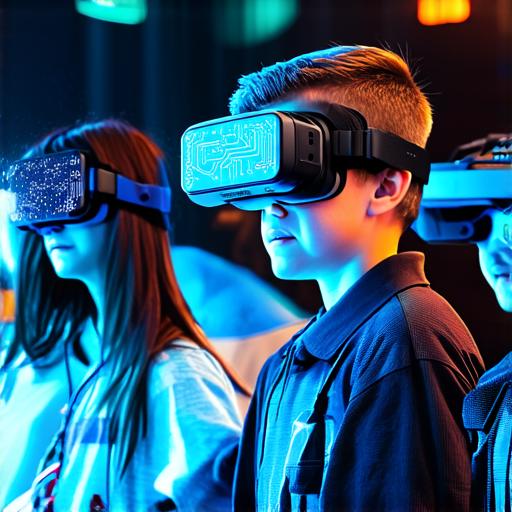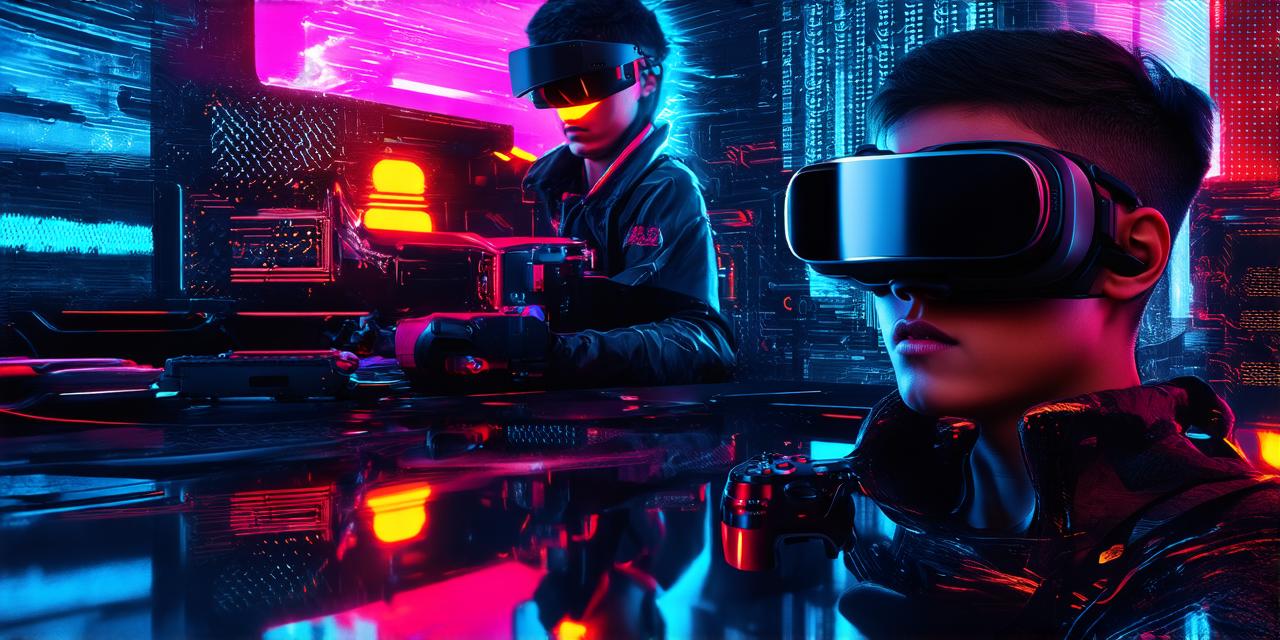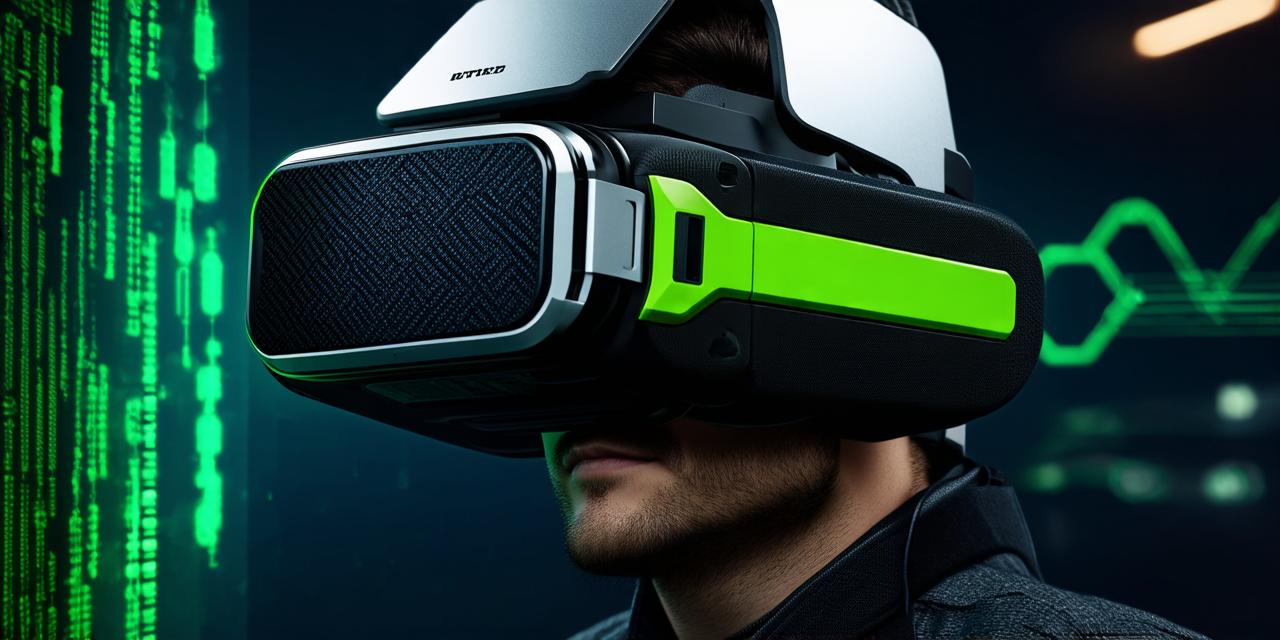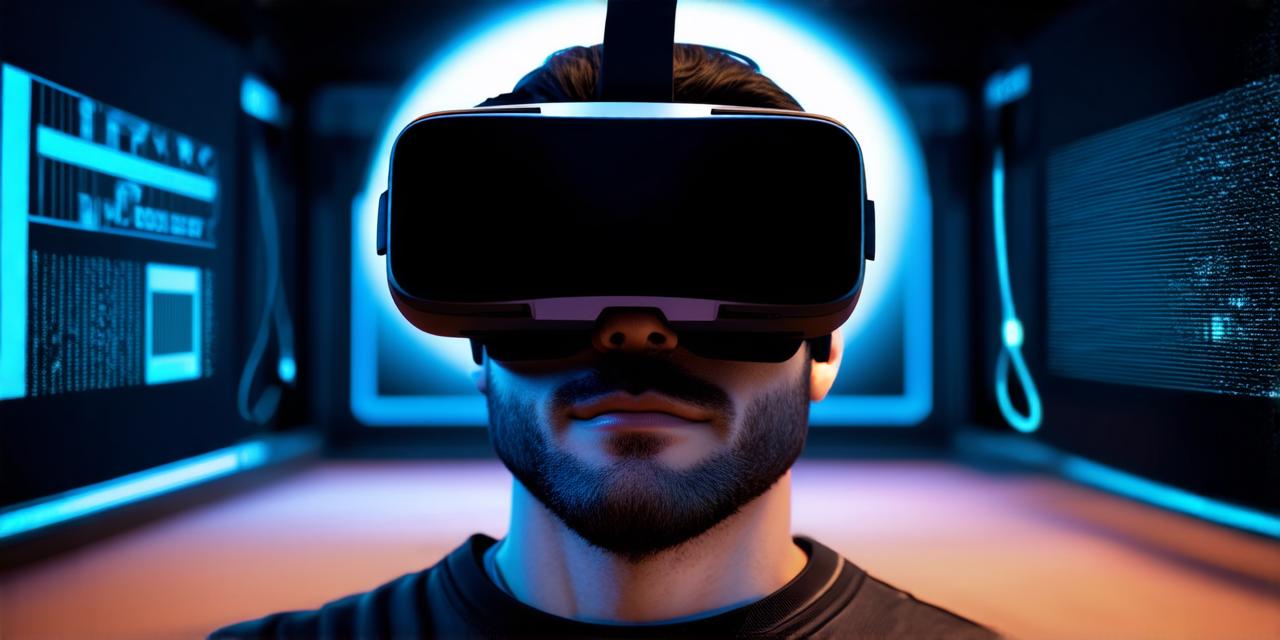Virtual reality (VR) technology has come a long way since its inception, and it’s now more accessible and affordable than ever before. With VR, users can experience immersive, interactive environments that are unlike anything they could have imagined otherwise.
The Age Range for VR Use
According to research, children as young as three years old can experience VR and benefit from its immersive environments. However, the optimal age range for VR use is between six and twelve years old. During this age range, children’s brains are still developing, and their imaginations are at their peak.
However, it’s important to note that the suitability of VR for a particular child will depend on several factors, including their level of maturity, their ability to focus, and their interest in technology. Some children may be ready for VR at an earlier age, while others may not be ready until they are older.
The Benefits of VR for Children
Virtual reality has the potential to provide numerous benefits for children, including improved cognitive development, enhanced creativity, and increased social skills. VR can also help children with disabilities, such as autism or ADHD, by providing a safe and controlled environment for them to explore and interact with.
Furthermore, VR can be used in education to enhance learning experiences and create more engaging and interactive lessons. For example, students could virtually visit historical sites or scientific experiments without ever leaving the classroom.
The Risks of VR for Children
While virtual reality can provide numerous benefits for children, there are also some risks to consider. Exposure to violent or inappropriate content can have negative effects on children’s minds and behaviors. Additionally, prolonged use of VR can lead to motion sickness, eye strain, and other physical symptoms.
It’s important for parents to carefully monitor their children’s VR usage and ensure that they are using age-appropriate content. Parents should also limit the amount of time their children spend in virtual reality and encourage them to engage in other activities as well.
Conclusion
In conclusion, the suitable age for virtual reality use is between six and twelve years old. During this age range, children’s brains are still developing, and they are ideal candidates for experiencing the world in new and exciting ways through virtual reality. Virtual reality has the potential to provide numerous benefits for children, including improved cognitive development, enhanced creativity, and increased social skills. However, it’s important for parents to carefully monitor their children’s VR usage and ensure that they are using age-appropriate content.




